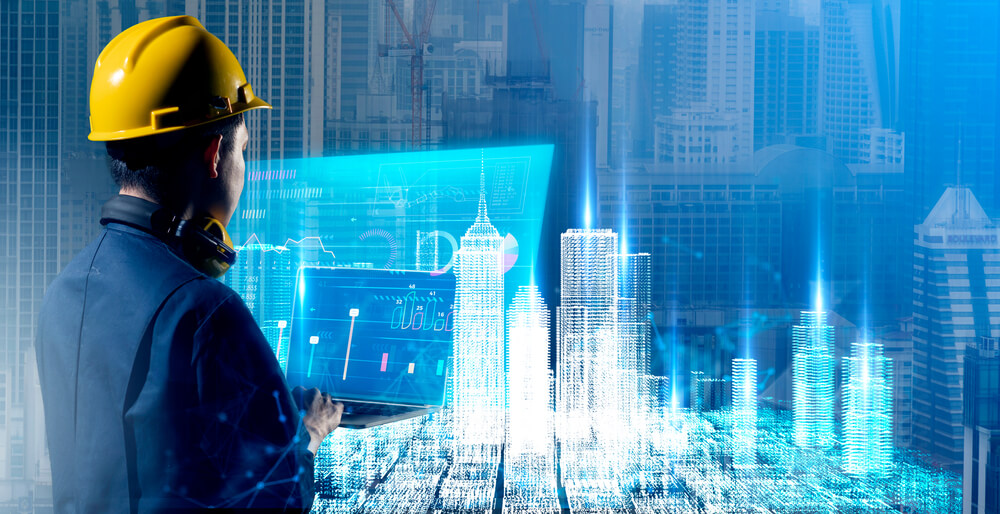Building services engineering is a critical aspect of creating sustainable, energy-efficient, and comfortable buildings. It encompasses the design, installation, operation, and maintenance of building systems such as HVAC, lighting, plumbing, and electrical systems. In recent years, the field has seen significant advancements in technology, sustainability, and building design, making it an exciting time for building services engineers.
In this article, we’ll explore the latest trends and innovations shaping the future of building services engineering. We’ll cover topics such as smart building technology, renewable energy, green building practices, and more.
Smart Building Technology
Smart building technology is transforming the way buildings are designed, built, and operated. It allows for greater efficiency, comfort, and cost savings, while also enhancing the occupant experience. From connected devices and sensors to data analytics and automation, smart building technology is revolutionizing the building industry.
Renewable Energy
The integration of renewable energy sources into building systems is crucial for reducing greenhouse gas emissions and achieving a more sustainable built environment. Solar and wind power are becoming increasingly cost-competitive and are poised to play a major role in powering the built environment.
Green Building Practices
Green building practices are essential for creating sustainable and resilient buildings that can withstand the challenges of climate change and protect the health and well-being of occupants. Building services engineers play a critical role in designing and implementing green building strategies, such as energy-efficient lighting, HVAC systems, and water-saving measures.
Building Information Modelling (BIM)
Building Information Modelling (BIM) is changing the way buildings are designed and constructed. It enables greater collaboration and more efficient decision-making among stakeholders, including architects, engineers, and contractors. With BIM, building services engineers can create detailed 3D models of building systems and simulate their performance, enabling more accurate design and analysis.
Indoor Air Quality
Indoor air quality is a critical factor in building design and operation, as it can affect occupant health, productivity, and comfort. Building services engineers must ensure that buildings are properly ventilated and that air filtration systems are in place to remove pollutants and allergens.
Conclusion
Building services engineering is a dynamic and rapidly evolving field that requires a diverse range of skills, including technical expertise, creativity, and collaboration. By staying up-to-date on the latest trends and innovations, building services engineers can create sustainable, energy-efficient, and comfortable buildings that enhance the lives of their occupants. For more information on building services engineering, visit the American Society of Heating, Refrigerating and Air-Conditioning Engineers (ASHRAE) and the Chartered Institution of Building Services Engineers (CIBSE).





